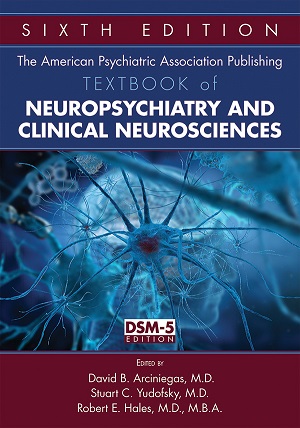Sections
Excerpt
What is sleep? For most, one could paraphrase Supreme Court Justice Potter Stewart—“I know it when I see it” (although he was referring to obscenity). Sleep is characterized by typical changes in posture, reduced motor activity, and a threshold for response to external stimuli that increases progressively as sleep deepens (Datta 2010). Sleep was historically viewed as a largely passive state, a mechanism for the brain to go “off-line.” We now know that the brain functions in and transitions between three physiologically distinct states, namely, wakefulness, non–rapid eye movement (NREM) sleep, and rapid eye movement (REM) sleep. The nuclei, networks, and neurotransmitters that generate and regulate the transitions between these states are also integral to regulation of homeostasis, sensorimotor function, emotion, behavior, and cognition (Dyken et al. 2012). The process of sleep fundamentally affects the brain in nearly every possibly way, from the regulation of genes to the plasticity of widespread networks (Abel et al. 2013), and the quality and quantity of sleep is a biomarker of the functional state of the brain and health in general (Luyster et al. 2012). Thus, there is a reciprocal relationship between sleep and the general medical, neurological, and psychological aspects of health—you cannot have one without the other—and disturbances in one system commonly cause disturbances in the other, either directly or indirectly.
Access content
To read the fulltext, please use one of the options below to sign in or purchase access.- Personal login
- Institutional Login
- Sign in via OpenAthens
- Register for access
-
Please login/register if you wish to pair your device and check access availability.
Not a subscriber?
PsychiatryOnline subscription options offer access to the DSM-5 library, books, journals, CME, and patient resources. This all-in-one virtual library provides psychiatrists and mental health professionals with key resources for diagnosis, treatment, research, and professional development.
Need more help? PsychiatryOnline Customer Service may be reached by emailing [email protected] or by calling 800-368-5777 (in the U.S.) or 703-907-7322 (outside the U.S.).



